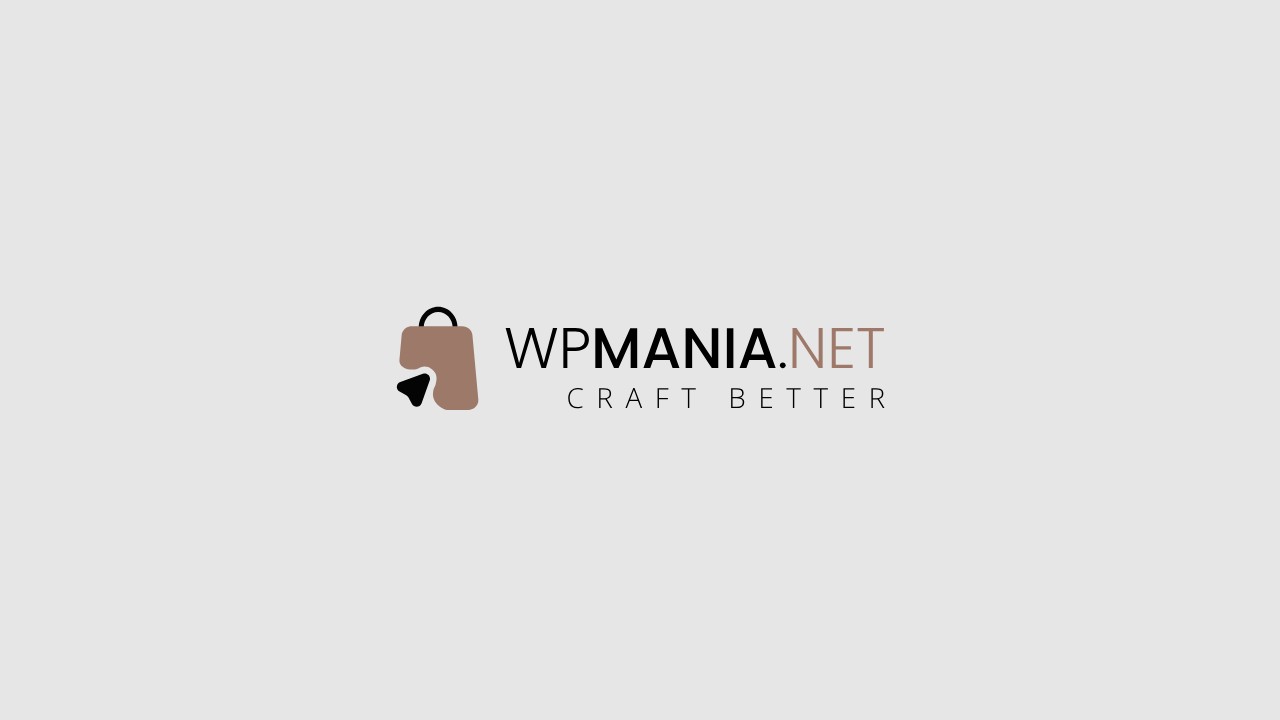WordPress, a name synonymous with website creation, has been the backbone of millions of websites worldwide. Over the years, it has undergone numerous transformations, adapting to the ever-evolving digital landscape. Among these transformations, the introduction of the Gutenberg editor stands out as a monumental shift, aiming to redefine the content creation experience for users.
The Rationale Behind Introducing Gutenberg
The digital world is not static. With platforms like Wix and Squarespace offering user-friendly, drag-and-drop website building experiences, WordPress faced the challenge of modernizing its content creation process. The classic editor, while functional, had started to show its age. It was against this backdrop that the idea of Gutenberg was conceived. Named in honor of Johannes Gutenberg, who revolutionized the world with the invention of the printing press, this editor was WordPress’s answer to the modern web’s demands.
Gutenberg: A Paradigm Shift in Content Creation
Gutenberg is not just an editor; it’s a paradigm shift. Moving away from the monolithic text boxes of the classic editor, Gutenberg introduced the concept of ‘blocks.’ Each block is a standalone entity, designed for a specific type of content. Whether you’re adding text, images, videos, or more complex elements like tables and galleries, there’s a block for it. This modular approach allows for a more organized and intuitive content crafting experience.
Diving Deeper into Gutenberg’s Features
The Gutenberg editor, named after Johannes Gutenberg, the inventor of the printing press, has been a game-changer for WordPress. While blocks are its foundational element, the editor offers a plethora of features that enhance the content creation experience. Let’s delve deeper into some of its standout features.
1. An Array of Diverse Blocks
Gutenberg’s block system is its most defining feature. It offers:
- Simplicity: For those who want straightforward content, there are blocks like paragraphs, headings, and lists.
- Media Integration: For a more visual appeal, users can utilize image, gallery, and video blocks. The image carousel block, for instance, allows users to showcase a series of images in a sliding format.
- Embeds: Want to integrate content from other platforms? Gutenberg has blocks to embed tweets, YouTube videos, and more.
The extensive block library ensures that users can create varied and rich content tailored to their needs without delving into complex coding.
2. Dual Editing Experiences
Understanding that users have varied editing preferences, Gutenberg offers two distinct modes:
- Visual Editor: This is a WYSIWYG (What You See Is What You Get) interface, allowing users to craft content in a visual format, seeing the end result as they go.
- Code Editor: For those who are more technically inclined and prefer a hands-on approach, the text mode lets them input and edit HTML directly.
This dual-mode ensures that both novices and experts can use Gutenberg comfortably.
3. Advanced Formatting Made Easy
In the past, creating intricate layouts or adding special formatting in WordPress was a task that often required knowledge of HTML or reliance on shortcodes. Gutenberg has transformed this:
- Columns: Users can easily create multi-column layouts, adjusting the width as needed.
- Buttons: Adding call-to-action buttons with customizable colors and sizes is a breeze.
- Special Characters: No need to remember codes for special characters; Gutenberg offers easy insertion.
These features ensure that users can achieve professional-looking content layouts without the need for additional plugins or coding knowledge.
4. A Commitment to Growth and Refinement
One of the most commendable aspects of Gutenberg is its commitment to growth. It’s not a one-off product but an evolving platform. The WordPress community and the development team are in constant dialogue, with feedback being actively sought. This feedback loop ensures:
- Regular Updates: New features are added, and existing ones are refined.
- Bug Fixes: Any issues or glitches reported by users are addressed promptly.
- Integration of New Technologies: As the digital landscape evolves, Gutenberg aims to stay ahead by integrating the latest web technologies.
The Gutenberg editor, with its block-based approach and a host of other features, has truly revolutionized the WordPress content creation experience. Whether you’re a blogger, a business owner, or a developer, Gutenberg offers tools and functionalities that cater to all, making content creation more intuitive and enjoyable.
While blocks are the cornerstone of Gutenberg, the editor is much more than that. Here’s a closer look at its features:
- Variety of Blocks: Gutenberg boasts a comprehensive library of blocks. Whether you need a simple paragraph block, an image carousel, or an embedded video, Gutenberg has you covered. This vast array ensures that users can craft rich, diverse content without any hassles.
- Dual Editing Modes: Recognizing that different users have different preferences, Gutenberg offers both visual and text editing modes. While the visual mode is perfect for those who prefer a WYSIWYG experience, the text mode caters to those who like to get their hands dirty with code.
- Enhanced Formatting Capabilities: Gone are the days when achieving complex layouts in WordPress meant wrestling with HTML and shortcodes. With Gutenberg, intricate designs and advanced formatting are just a few clicks away.
- Continuous Evolution: Gutenberg is not a static entity. It’s continuously evolving, with the development team actively working on introducing new features and refining existing ones based on user feedback.
Embarking on Your Gutenberg Journey
For those ready to embrace Gutenberg, here’s how you can get started:
- Installation and Activation: While Gutenberg will be a core feature in future WordPress versions, for now, it’s available as a plugin. Installing and activating it will replace the classic editor.
- Crafting Content with Blocks: Once Gutenberg is active, creating a new post or page will launch the new editor. Users can then add, arrange, and customize blocks to craft their content.
- Seamless Publishing Workflow: Despite the shift to a new editor, the publishing workflow remains intuitive and familiar, ensuring a smooth transition for long-time WordPress users.
Gutenberg: The Road Ahead
Change often brings mixed reactions, and Gutenberg was no exception. While some users embraced it wholeheartedly, others were apprehensive. However, with the WordPress community’s feedback, the Gutenberg development team is committed to making it the best editor possible. The future roadmap for Gutenberg is filled with exciting enhancements, ensuring that this is just the beginning of its transformative journey.
The Gutenberg editor is more than just a new feature in WordPress; it’s a testament to the platform’s commitment to innovation and user experience. By offering a modern, block-based approach to content creation, Gutenberg ensures that WordPress remains at the forefront of the website creation domain. As users, the onus is on us to explore, adapt, and make the most of this exciting new tool in our digital arsenal.


